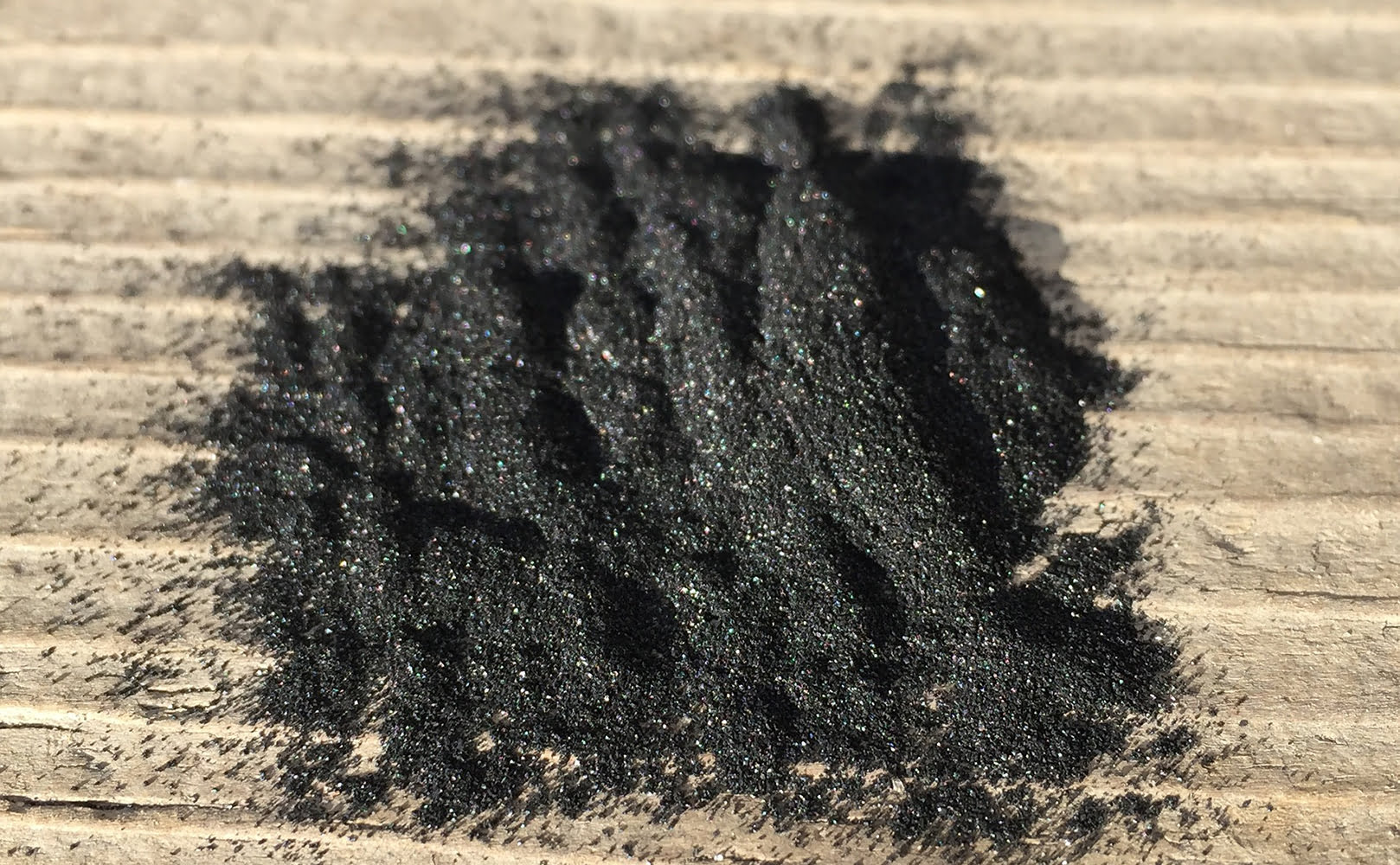Carbon Filter vs Sediment Filter – Pros, Cons & Differences
Written by: Gene Fitzgerald // Last Updated: Apr 19, 2023
This page may contain affiliate links. If you buy a product or service through such a link we earn a commission at no extra cost to you. Learn more.
Carbon and sediment filters serve two different functions, and operate in different ways.
A carbon filter uses adsorption to primarily remove organic compounds from water affecting its taste and smell.
A sediment filter is a mechanical filter, used to catch dirt and debris from the water supply.
You may, in fact, need one of each filter, depending upon your water supply and its contaminants.
This article will give you more details on their respective pros and cons, as well as the differences between the two.
Key Takeaways
- Carbon water filters use adsorption to remove chemicals and certain heavy metals among other stuff. They also improve the smell and taste of the water. As such, they’re ideal for filtering water used for direct consumption.
- Sediment filters stop dirt and debris from entering your home. They will protect your plumbing and home appliances from damage.
- Which one is best for you will depend on the biochemical composition of your water and your goals; people often need both types of filters.
What Are Carbon Filters and How Do They Work?
Carbon filters adsorb contaminants (such as chlorine, pesticides, and VOCs) from water, thereby removing undesirable tastes and smells.
What Does Activated Carbon Remove?
Activated carbon is a carbon treated to become highly porous, which enables it to adsorb chemical compounds from a water supply. Aside from chemicals, activated carbon also reduces heavy metal content and sulfur to some extent.
Carbon filters won’t remove most dissolved ions such as salts and minerals.
Types of Carbon Filters
There are two types of carbon filters:
GAC
GAC stands for granular activated carbon. It contains loose granules of activated carbon which have been ground up, then held together loosely inside a filter cartridge.
Carbon Block
Carbon blocks use a bonding agent to tie finer activated carbon powder together into solid blocks.
Water can pass more freely through granular activated carbon, which allows better water pressure; however, carbon blocks stop more contaminants due to their smaller pore sizes.
What Are Sediment Water Filters and How Do They Work?
Sediment filters act as a sieve, preventing contaminants from remaining in your water supply.
The attached filter goes to the point of entry for the water in your house, trapping particles as the water passes through it – leaving the sediment behind, and letting only the particle-free water through and into your home.
What Does a Sediment Filter Remove?
As the name implies, these filters eliminate sediment/particles like sand and debris. This can also include dust, silt, asbestos, rust, etc.
Types of Sediment Filters
Surface and depth are the two most common sediment filters.
Surface
Surface filters use a thin sheet to trap the particles on their surface.
Surface filters are often called ‘pleated filters’ due to their accordion-shaped structure. This structure gives them a larger surface area than depth filters.
Surface filter also benefit from being washable and reusable.
Depth
Depth filters pass the water through a thick wall of filter media, with the water being treated throughout its depth.
Depth filters often have a graded density structure, where pores are becoming increasingly smaller the further the water travels through the filter. This enables the filter to remove particles of various sizes – outside catching the larger particles; inside, the smaller ones.
Carbon Filter vs Sediment Filter – Pros, Cons, Differences
So, carbon filters vs sediment filter – which is better?
Well, carbon filters are a cost-effective method of improving your water’s aesthetics and removing certain harmful contaminants, without the need for chemical additives or a power supply.
However, aside from chemicals, they are unable to keep out most contaminants, such as nitrate, chromium 6, and dissolved lead.
Sediment filters are cheap, easy to install, and effective at removing floating particles.
However, they don’t remove any dissolved contaminants like chemicals or help with undesirable taste or smell.
In summary, one is neither better nor worse than the other –sediment and carbon filters serve different functions. The ‘best’ will be the one most suited to your water supply and your needs.
If you have any questions about sediment filter vs carbon filter please don’t hesitate to leave a comment below!
Information provided on BOS is for educational purposes only. The products and services we review may not be right for your individual circumstances.
We adhere to strict editorial guidelines. Rest assured, the opinions expressed have not been provided, reviewed, or otherwise endorsed by our partners – they are unbiased, independent, and the author’s alone. We fact-check all content for accuracy. It is accurate as of the date posted and to the best of our knowledge.


